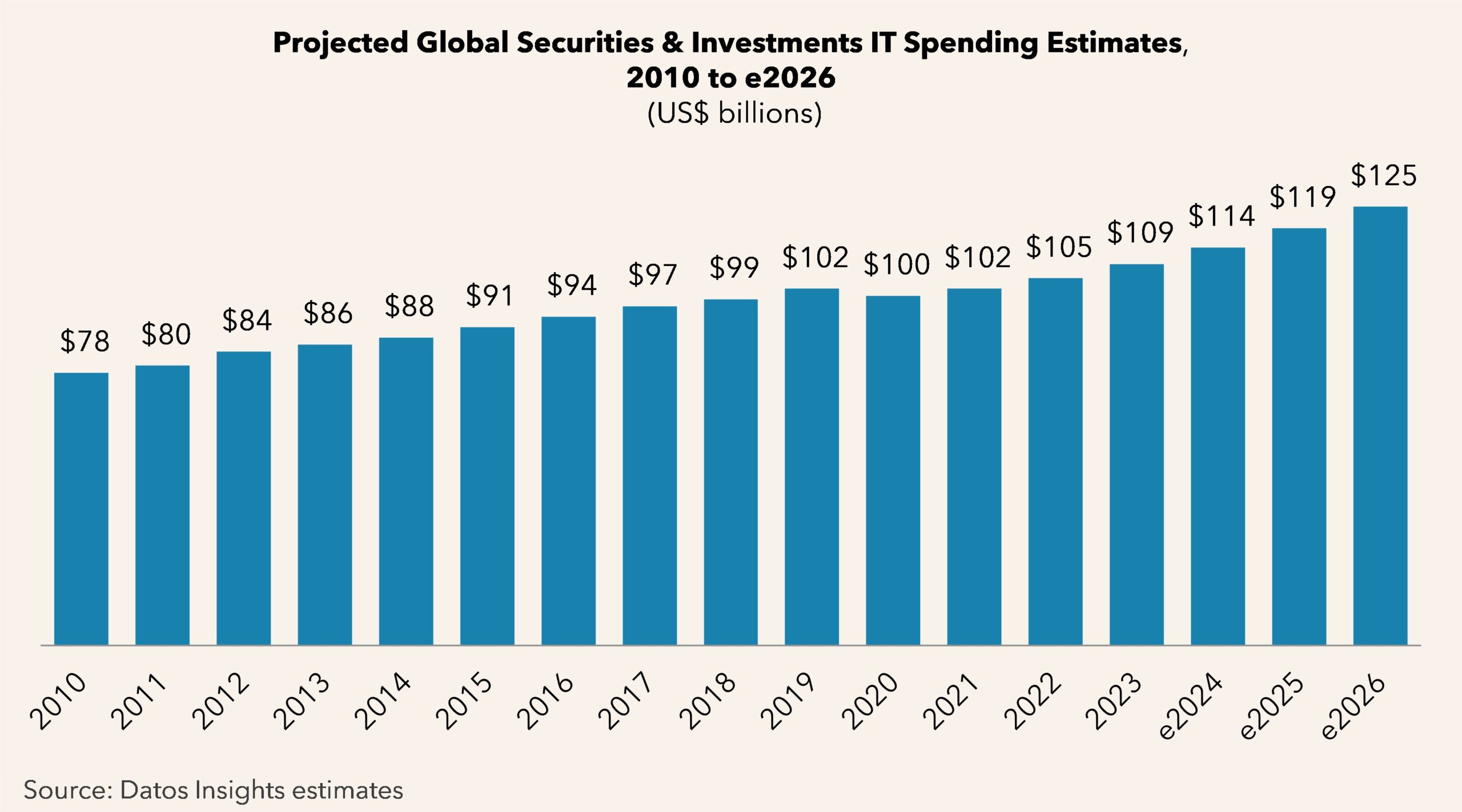Investing over the past half-decade has been a rollercoaster—marked by global disruption, technological leaps, major policy shifts, and evolving investor behavior. This article maps the most impactful trends from 2019 through mid-2025, helping you understand where we’ve been and what lies ahead.
1. Pandemic-Induced Volatility (2020)
The COVID-19 outbreak in early 2020 triggered one of the swiftest bear markets in history. Major indices dropped 30–35% in weeks. Yet, policy responses—massive fiscal stimulus and central bank interest rate cuts—sparked a sharp rebound within months.
- Fiscal stimulus: US legislative packages totaling over $2 trillion fueled consumer spending and market confidence.
- Central bank actions: The Fed cut the federal funds rate to near zero, while the ECB, BOJ, and others deployed similar measures.
This “policy pivot” shaped a surge in stock prices, particularly in health-care, tech, and consumer discretionary sectors.
2. Tech & Digital Acceleration
Digital transformation skyrocketed from 2019 through 2025:
- Cloud computing: Companies like Microsoft, Amazon, and Google paid key roles. Remote work drove cloud adoption across industries.
- E-commerce: With in-store lockdowns, online shopping surged. Shopify and Mercado Libre expanded rapidly.
- Digital payments: Field-leading fintechs—Square (now Block), PayPal, and Mercado Pago—captured new customers.
AI, 5G, and automation became central investment themes, propelling valuations across software, semiconductor, and industrial automation companies.
3. ESG & Sustainable Investing
ESG (Environmental, Social, Governance) investing moved from niche to mainstream. By 2025:
- ESG-centered funds registered record inflows. Investors linked sustainability with long-run value generation.
- Green bonds and transition bonds grew significantly—supporting clean energy startups and green infrastructure.
Regulators in the EU, UK, and US now require ESG disclosures, pushing companies to integrate sustainability transparently.
4. Cryptocurrency & Digital Assets
After crypto’s 2017 peak and subsequent crash, momentum returned:
- Bitcoin surged past $60,000 in 2021, driven by institutional interest—large corporates and asset managers joined in.
- Ethereum and DeFi exploded, powering decentralized lending, trading, and NFTs built on blockchain protocols.
- Amid regulatory uncertainty, central banks worked on digital currency trials, and major nations began defining crypto frameworks.
By 2025, digital assets are an established new asset class, albeit volatile and regulated.
5. Retail Investor Wave
Led by apps like Robinhood and driven by meme-stock mania (GameStop, AMC), retail investors drove enormous market swings between 2020 and 2022. Characteristics:
- Use of commission‑free trading platforms
- Social media-driven stock picks
- Rapid reaction to news and trends
This new investor class reshaped liquidity, volatility, and even forced corporate governance responses as firms adapted.
6. Thematic & Passive Investing Explosion
Broad-based ETFs—the S&P 500, MSCI Emerging Markets—continued dominating inflows by 2025. Additionally, thematic and smart beta ETFs:
- Focused on trends like cybersecurity, robotics, clean energy, and next-gen payments
- Offered low fees (often 0.05%–0.40%) and easy portfolio diversification options
Passive equity-fund popularity grew as costs remained a forefront concern among investors.
7. Rising Interest Rates & Bond Market Reset
After near-zero rates, inflation prompted central banks to hike interest rates starting in 2022. Bond portfolios faced a “duration shock”—values dropped as yields rose. Investors:
- Shifted to short-duration bonds and floating-rate instruments
- Explored inflation-linked bonds and cash alternatives
8. Private Markets & Alternative Assets
Private equity, venture capital, infrastructure, real estate, and hedge funds attracted capital as investors sought returns beyond public markets. Notably:
- Late-stage tech unicorns raised massive funding before IPO or M&A.
- Real estate in select markets remained strong post-pandemic recovery.
- Infrastructure and renewable energy assets drew institutional inflows.
9. Geopolitical & Policy Drivers
Key geopolitical events shaped the landscape:
- US-China decoupling ushered in national security tariffs and tech export controls.
- Energy transition narrative and climate policy agendas defined clean-tech investments.
- Digital privacy and antitrust efforts in the US and EU reshaped Big Tech regulation.
Investors increasingly required risk diversification both across asset classes and regions.
10. What’s Ahead: 2025 and Beyond
Expect these future-facing themes:
- Deepening carbon-transition investing—fossil-fuel divestments and green infrastructure.
- Real-world AI applications—health, logistics, clean energy.
- Financialization of digital assets—regulation progress, institutional frameworks, stablecoin and CBDC integration.
- Continued retail investor activity—social trading, fractional shares, gamification.
Final Thoughts
The past five years delivered seismic shifts across markets, technology, and society. For investors:
- Diversification matters more than ever—across asset classes, sectors, and geographies.
- Focus on fundamentals, while keeping pace with innovation-led growth.
- Adaptability is key—monitor policy, inflation, digital transformation, and investor behavior.
